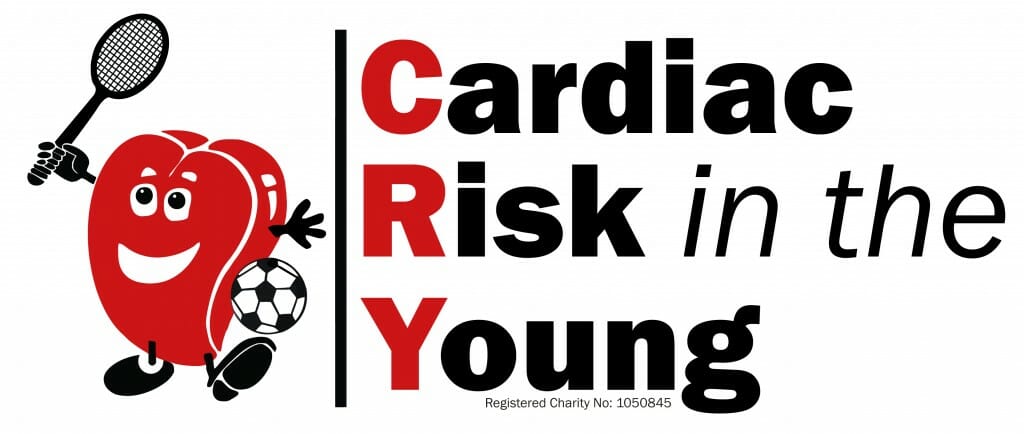Cardiac magnetic resonance/Magnetic resonance imaging (CMR/MRI) scan
Cardiac magnetic resonance/Magnetic resonance imaging (CMR/MRI) scan This is a special kind of scan used to examine the structure of the heart and the nature of its muscle. It uses a magnetic resonance scanner that creates intense fluctuating magnetic fields around your body while you are inside the scanner. This generates the signals that make […]
Cardiomemo and event recorder
Cardiomemo and event recorder These are more sophisticated versions of the basic Holter. Whenever you have an attack of symptoms, you can activate the device to record your heart’s rhythm. (You can also do this with the digital Holter.) The advantage of the cardiomemo is that it doesn’t have any leads, so you can just […]
Coronary angiography and electrophysiological study (EPS)
Coronary angiography and electrophysiological study (EPS) Your doctor may suggest that you have tests such as coronary angiography or an electrophysiological study (EPS). Both these tests are performed in an X-ray laboratory that allows the body and any medical tools (such as cardiac catheter tubes or pacing wires) to be seen using an X-ray camera. […]
Echocardiogram (ECHO)
Echocardiogram (ECHO) This test uses ultrasound waves to look at the structure of the heart. It is useful for people whose ECG shows changes that could be caused either by a channelopathy or by uninherited heart disease that has damaged the heart. An echocardiogram can also detect inheritable conditions such as cardiomyopathy and mitral valve […]
Electrocardiogram (ECG)
Electrocardiogram (ECG) This test involves taping electrical leads onto your legs, arms and chest to take readings of the electrical activity of your heart. These are printed out onto a piece of paper for the doctor to examine. The test is quick and completely painless.
Exercise test (also called an exercise ECG)
Exercise test (also called an exercise ECG) This test is the same as the ECG but is recorded before, during and after a period of time spent exercising on a treadmill or an exercise bike. This allows the doctor to examine any changes in the electrical patterns that occur with exercise, and analyse any abnormalities. […]
Genetic testing
Genetic testing In most of the channelopathies and cardiomyopathies mutations of specific genes have been detected that are thought to cause a specific disease. So in principle, if we could identify these mutations, we would be able to make a diagnosis in any DNA sample. Unfortunately this cannot be done at the moment because we don’t have complete knowledge […]
Holter
Holter The Holter is a recording device that comes in two different forms: a small portable tape recorder (like a walkman), or a small digital device the shape of a pager. You wear the device on a belt round your waist. Anything between three to twelve ECG leads from the device are taped to […]
Provocation tests (ajmaline, flecainide, adrenaline and adenosine tests)
Provocation tests (ajmaline, flecainide, adrenaline and adenosine tests) You may be asked to have this test if your doctor suspects Brugada syndrome. While you are having an ECG test you will be given an injection of ajmaline or flecainide (antiarrhythmic drugs). The test may show changes on the ECG that are typical of one of […]
Reveal device
Reveal device When it is difficult to assess or record a symptom because it only happens infrequently – as with blackouts – a reveal device can be used. The device, which is the size of a packet of chewing gum, is placed under the skin at the left shoulder. You will need to go into […]
